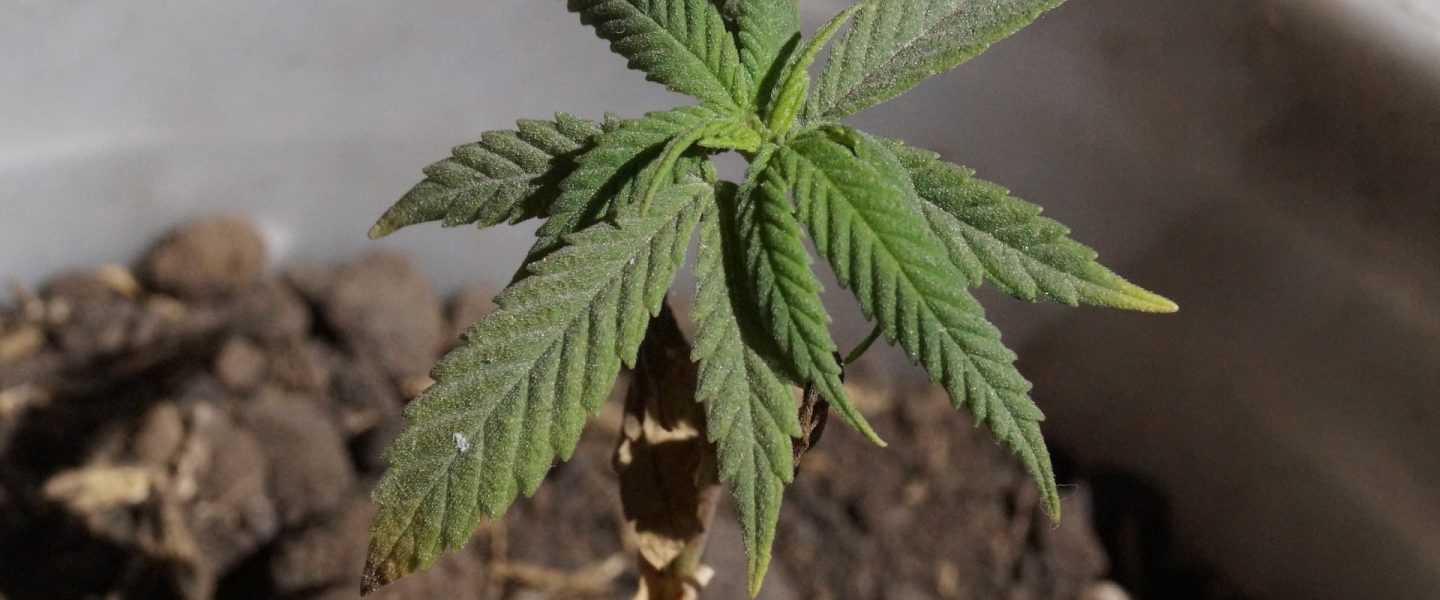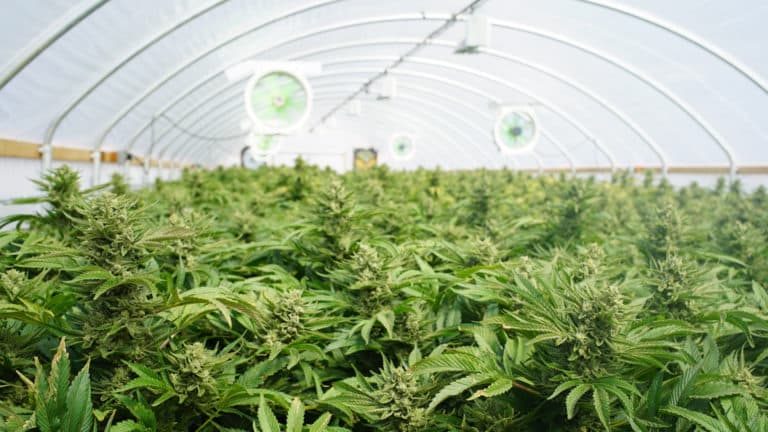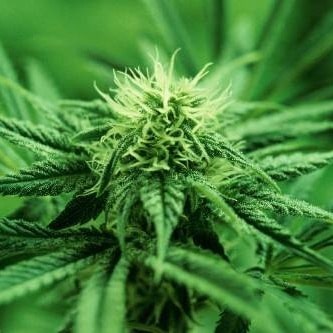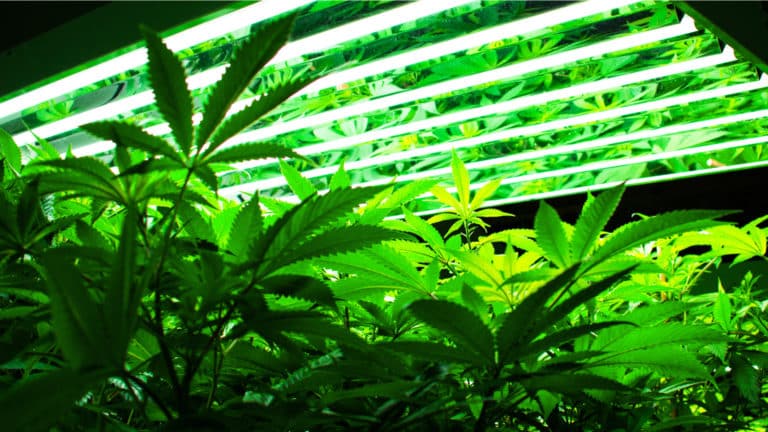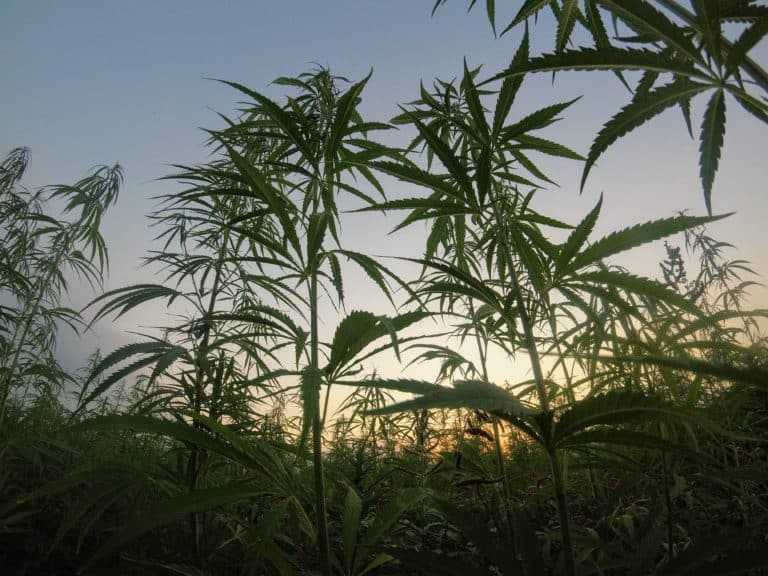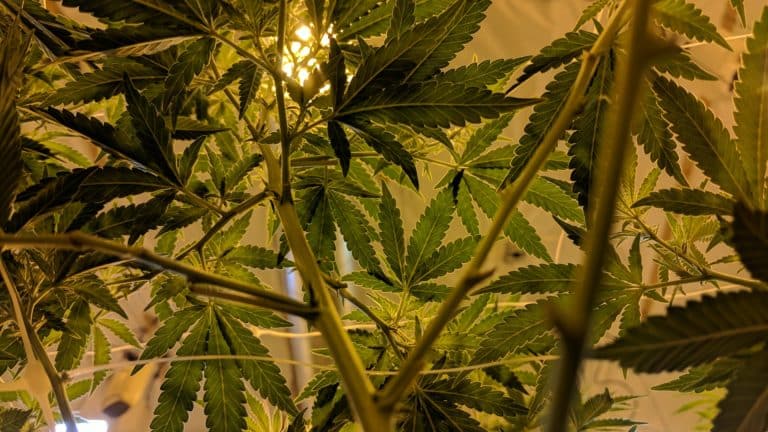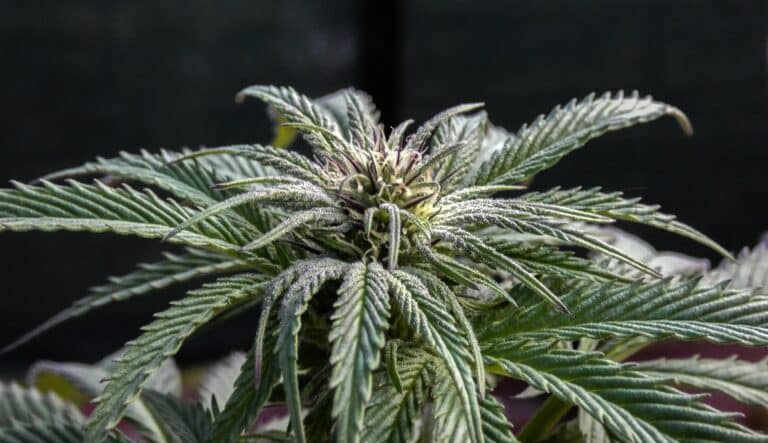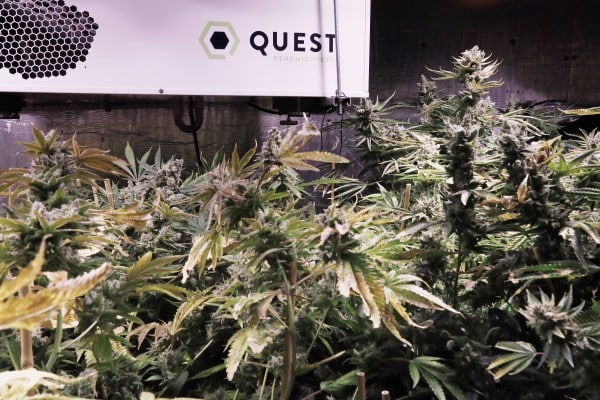
Vapor Pressure Deficit will Improve your Grow
Vapor pressure deficit, or VPD, continues to be one of the hot concepts in the cannabis industry, but it also tends to garner some confusion or uncertainty. Fortunately, a number of top growers have honed their VPD skills and are providing clarity on the subject to help others get a handle on it.
One of those growers is Tyler Greenless, vice president of operations and head cultivator at East Coast Cultivation in Rhode Island. He heard about VPD a few years ago and decided to dig into the concept, mastering its nuances over the past three years.
“I had some difficulty grasping VPD when I initially started working with the concept, but there’s a lot of information out there that will help you understand it,” Greenless said. “After working with VPD for a while, I’ve seen how it results in explosive plant growth.”
The big boost in plant growth is why many growers are choosing to learn and implement VPD concepts in their operations.
The science of VPD, simplified

VPD is a useful and time-tested agricultural concept that, when applied properly, helps optimize growth at each plant life stage. It’s important to remember that any talk of VPD assumes the plant’s roots are properly supplied with water.
Essentially, a measurement of VPD assigns a number to the difference in pressure between the humidity inside a leaf (which is always wet) and the outside of a leaf (this is the part you can control). When it’s drier outside of the leaf, the leaf will try to equalize the pressure through transpiration, leading to the release of water as vapor through stomata.
Growers use this knowledge to their advantage by adjusting relative humidity (RH) and temperature to reach the ideal VPD level for the particular stage their plants are in.
Relative humidity and VPD are inversely related, which means growers should expect a high VPD with a low RH, and vice versa. A low VPD number means the air is close to saturation, while a high VPD means the air is mostly dry.
Growers manipulate VPD to encourage plant growth by increasing or decreasing plant transpiration, which controls water and nutrient uptake. VPD correlates directly to plant transpiration rates, so a high VPD increases transpiration while a low VPD decreases transpiration.
For many growers, understanding VPD is most important during the vegetation stage because this is when plant development is maximized.
During the seedling and clone stage, VPD isn’t as important because young plants do not yet have a developed root system, which is an essential component for nutrients and water to travel effectively through the plants.
“VPD is a value growers measure and adjust to ensure their plants achieve the best yield possible,” said Clif Tomasini, business director at Quest Dehumidifiers. “Like athletes, many environmental factors are involved to create the ideal environment where they will reach optimal performance.”
To measure your VPD, monitor the room temperature and RH and use calculations or simple VPD charts, which can be found online.
Working with VPD for the first time
For growers new to VPD, the concept can seem overwhelming, but it doesn’t have to be.
Figuring out where to start is step one. Greenless recommends staying in a lower RH zone, around 55 percent, until you get more comfortable. Growers should maintain an optimal VPD number, but not at the risk of encouraging mold or pests.
“A lot of people will blow out the VPD with 70 percent humidity and 80 degree temperatures and then they run into mold,” Greenless said. “Just take it easy. Stick to a solid integrated pest management (IPM) program and don’t go crazy at first.”
As growers make subtle adjustments, it’s important to observe any changes before making further tweaks. Once familiar with specific grow room capabilities, slowly increase VPD during veg. to determine your plants’ peak growth condition.
VPD is certainly a proven concept growers can use to their advantage, but it takes more than just Googling the chart. All operations have different strains, facilities and environmental conditions, so each grow has its own needs.
“A lot of growers think they can just follow the chart and be set, but you have to be careful and figure out where your plants can thrive without risking mold growth,” Greenless said.
The risks of VPD extremes
In high or low VPD extremes, plants can’t or won’t transpire like they should, which negatively impacts plant growth.
If the air is too humid and moisture isn’t leaving the leaves, the plants can’t take in carbon dioxide like they should, and they’ll struggle to get moisture and nutrients from the roots. Plus, standing water on leaves increases the risk of developing bud rot and powdery mildew.
On the opposite end of the spectrum, if the air is too dry due to little water vapor in the air, plants will transpire too quickly and run the risk of accumulating too much nutrient salt in their leaves. This results in leaf burn, which is a condition many growers are familiar with.
“The more comfortable the plants are, the better,” Tomasini said. “Avoiding extremes is important because you risk infection and disease any time you neglect the grow environment. Air circulation and humidity management are pivotal.”
Greenless’s recommendations
During veg., Greenless keeps VPD around 10 millibars, with 65 to 70 percent humidity at 80 degrees. During flowering, he brings the temperature down to 78 degrees and keeps humidity around 50 percent.
“For me, I’d rather VPD be in a range where I’m comfortable so I’m not up at night worrying about it,” Greenless said. “Your crops are most valuable in flowering and I’d rather not subject them to mold or any other disease that’ll ruin the plants.”
Here are four straightforward tips Greenless recommends for working with VPD:
- Don’t only rely on the chart. Follow it, but keep your eye on conditions as you make changes.
- Check relative humidity, temperature and air circulation often, to avoid introducing pests or diseases to your operations.
- Make sure your dehumidifier is working properly so you can regulate relative humidity as needed.
- Stay in a VPD range that’s comfortable for your plants and you. Always monitor your results.
Like most concepts in the cannabis industry, VPD is another tool growers can experiment with and adjust to work for their growing styles. For instance, while some cultivators feel comfortable with high humidity in the late stages of growth, others don’t and that’s OK.
“A lot of growers just throw VPD around without really getting it,” Greenless said. “But you really need to pay attention to the details of the concept to maximize yields and have quality grows and product.”

